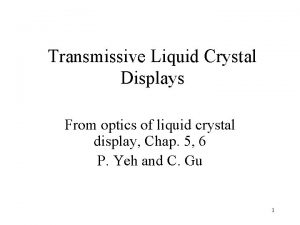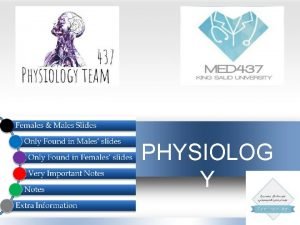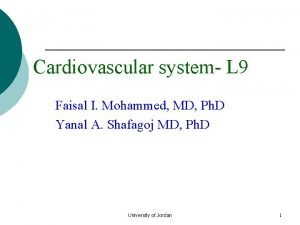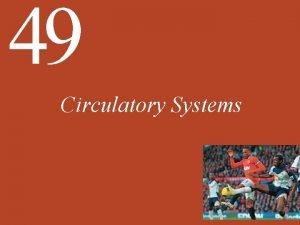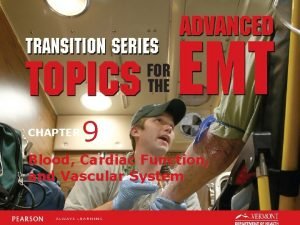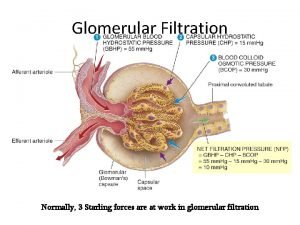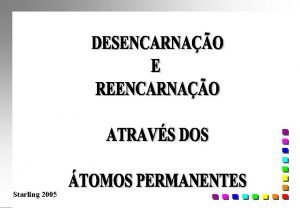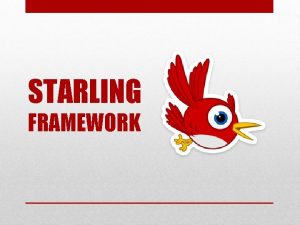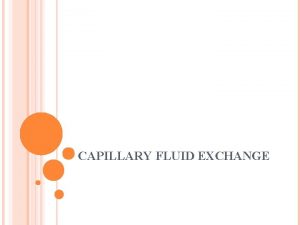Fluid Exchange Starling Forces Normally there is nearly











- Slides: 11

Fluid Exchange - Starling Forces • Normally there is nearly as much fluid reabsorbed as there is filtered. • At the arterial end, net pressure is outward at 10 mm. Hg and fluid leaves the capillary (filtration). • At the venous end, net pressure is inward at – 9 mm. Hg (reabsorption). • On average, about 85% of fluid filtered is reabsorbed.

Fluid Exchange - Starling Forces • Fluid that is not reabsorbed (about 3 L/ day for the entire body) enters the lymphatic vessels to be eventually returned to the blood.

Gas And Nutrient Exchange • In contrast to the bulk flow of fluids at the capillaries, the exchange of gases and small particles (like certain nutrients and wastes) is a purely passive diffusion process. • Gases and these other substances simply move into or out of the capillary down their concentration gradient.

Venous Reserve • Because systemic veins and venules contain a large percentage of the blood volume (about 64% at rest), they function as blood reservoirs from which blood can be diverted quickly if needed. • To counteract a drop in BP, stimulation of the sympathetic NS will cause venoconstriction, allowing a greater volume of blood to flow to skeletal muscles.

Venous Return • The volume of blood returning through the veins to the right atrium must be the same amount of blood pumped into the arteries from the left ventricle – this is called the venous return. • Besides pressure, venous return is aided by the presence of venous valves, a skeletal muscle pump, and the action of breathing.

Venous Return • The skeletal muscle pump uses the action of muscles to milk blood in 1 direction (due to valves). • The respiratory pump uses the negative pressures in the thoracic and abdominal cavities generated during inspiration to pull venous blood towards the heart.

Proximal valve Distal valve 1 2 3

Venous Return • Although the venous circulation flows under much lower pressures than the arterial side, usually the small pressure differences (venule 16 mm. Hg to right atrium 0 mm. Hg), plus the aid of muscle and respiratory pumps is sufficient.

Pressure, Flow, And Resistance • Blood pressure is a measure of the force (measured in mm. Hg) exerted in the lumen of the blood vessels. • Blood flow is the amount of blood which is actually reaching the end organs (tissues of the body). • Resistance is the sum of many factors which oppose the flow of blood.

Pressure, Flow, And Resistance • Cardiovascular homeostasis is mainly dependent on blood flow… but blood flow is hard to measure. • Clinically, we check blood pressure because it is easier to measure, and it is related to blood flow. • The relationship between blood flow, blood pressure, and peripheral resistance follows a simple formula called Ohms Law. BP = Flow x Resistance

Pressure, Flow, And Resistance • In an effort to meet physiological demands, we can increase blood flow by: • Increasing BP • Decreasing systemic vascular resistance in the blood vessels • Usually our body will do both – when we exercise, for example. figure adapted from http: //www. learnhemodynamics. com/hemo/basics. htm
